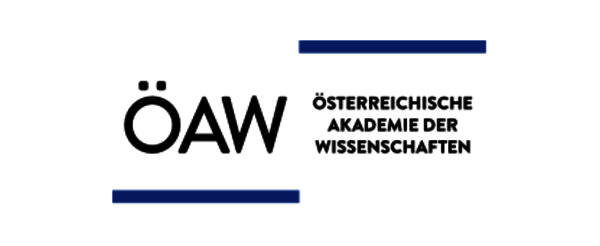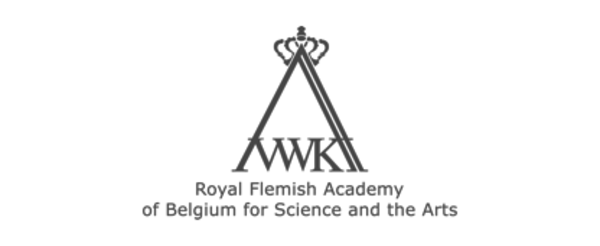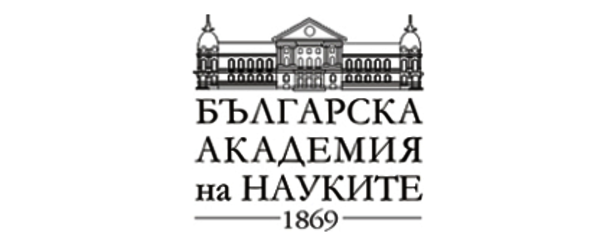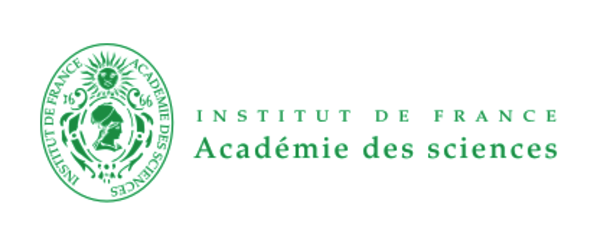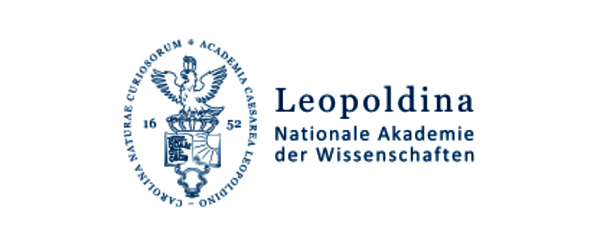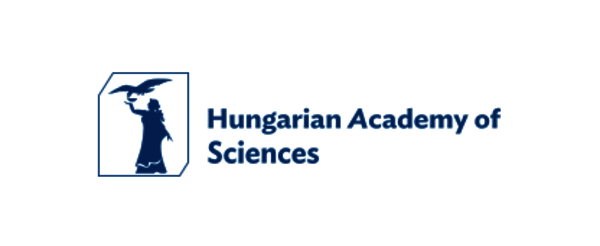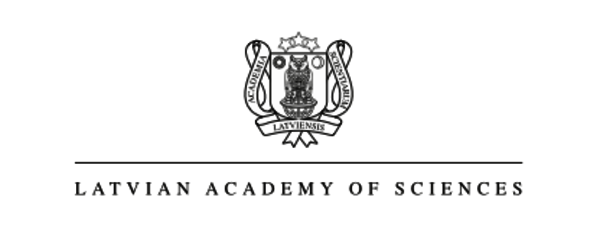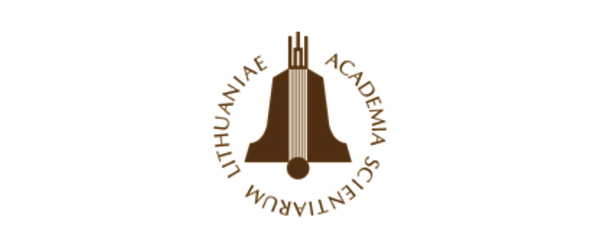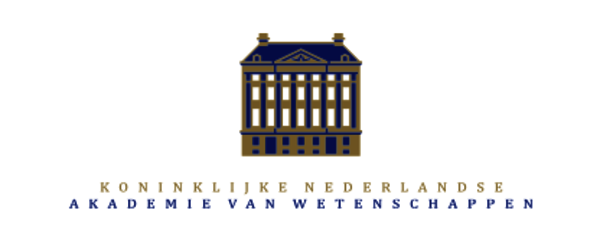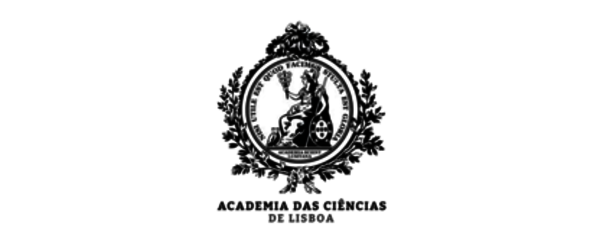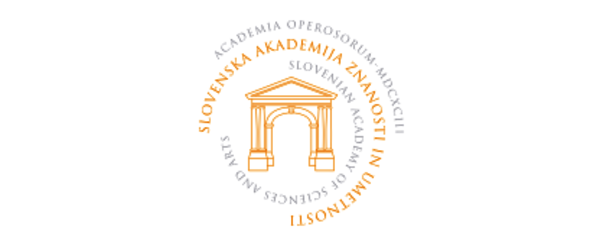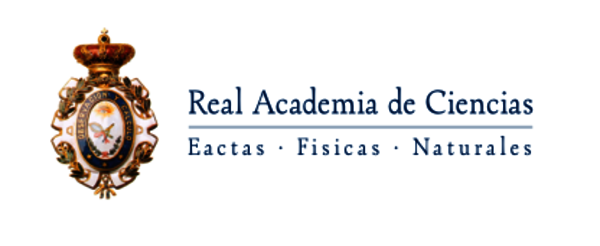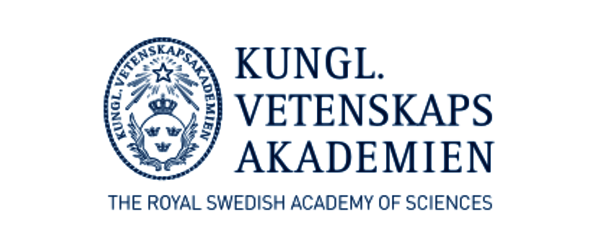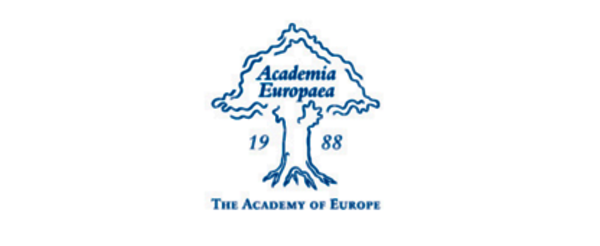Publications
New data confirm increased frequency of extreme weather events, European national science academies urge further action on climate change adaptation
New data show that extreme weather events have become more frequent over the past 36 years, with a significant uptick in floods and other hydrological events compared even with five years ago, according to a new publication, “Extreme weather events in Europe: Preparing for climate change adaptation: an update on EASAC’s 2013 study” by the European Academies’ Science Advisory Council (EASAC), a body made up of 27 national science academies in the European Union, Norway, and Switzerland. Given the increase in the frequency of extreme weather events, EASAC calls for stronger attention to climate change adaptation across the European Union: leaders and policy-makers must improve the adaptability of Europe’s infrastructure and social systems to a changing climate.
Globally, according to the new data, the number of floods and other hydrological events have quadrupled since 1980 and have doubled since 2004, highlighting the urgency of adaptation to climate change. Climatological events, such as extreme temperatures, droughts, and forest fires, have more than doubled since 1980. Meteorological events, such as storms, have doubled since 1980 (Figure 2.1 in 2013 report); (Figure 1 in 2018 updated publication).
These extreme weather events carry substantial economic costs. In the updated data (Figure 2 in 2018 updated publication), thunderstorm losses in North America have doubled - from under US$10 billion in 1980 to almost $20 billion in 2015. On a more positive note, river flood losses in Europe show a near-static trend (despite their increased frequency), indicating that protection measures that have been implemented may have stemmed flood losses.
Professor Michael Norton, EASAC’s Environment Programme Director states, “Our 2013 Extreme Weather Events report – which was based on the findings of the Norwegian Academy of Science and Letters and the Norwegian Meteorological Institute – has been updated and the latest data supports our original conclusions: there has been and continues to be a significant increase in the frequency of extreme weather events, making climate proofing all the more urgent. Adaptation and mitigation must remain the cornerstones of tackling climate change. This update is most timely since the European Commission is due to release its evaluation of its climate strategy this year.”
Is a contemporary shutdown of the Gulf Stream (AMOC) possible?
The update also reviews evidence on key drivers of extreme events. A major point of debate remains whether the Gulf Stream, or Atlantic Meridional Overturning Circulation (AMOC), will just decline or could ‘switch off’ entirely with substantial implications for Northwest Europe’s climate. Recent monitoring does suggest a significant weakening but debate continues over whether the Gulf Stream may “switch off” as a result of the increased flows of fresh water from northern latitude rainfall and melting of the Greenland icecap. EASAC notes the importance of continuing to use emerging oceanographic monitoring data to provide a more reliable forecast of impacts of global warming on the AMOC. The update also notes the recent evidence which suggests an association between the rapid rate of Arctic warming and extreme cold events further south (including in Europe and the Eastern USA) due to a weakened and meandering jet stream.
Notes for Editors
In 2013 EASAC made the following recommendations on strengthening EU capabilities to respond to the threats posed by climate change:
- Information. Effective, cost-efficient adaptation depends critically on information about how future global warming will affect extremes of all weather phenomena. Further research is therefore required, in particular on the development of regional models for predicting possible changes to patterns of extreme weather. Meeting needs for data and information requires the development of climate service networks3 at European and national levels.
- Heat-waves. Given that impacts of heat waves are highly variable across Europe, further studies of the factors affecting health outcomes during heat waves are required.
- Flood defence and early warning. Good practice in flood preparedness and zoning for flood defence across Europe should be shared, including information about different responses to flood preparedness and flood warnings.
- Agriculture. To improve the resilience of European agriculture, urgent action is required to establish plans after the approval of national or regional adaptation strategies. Guidance on vulnerability to extreme weather and possible measures to increase resilience should be produced.
- Strengthen the basis for informed action and our knowledge about climate. Climate-change adaptation has to become a continuous process that relies on continued monitoring of the state of the climate and the environment. Hence, sustained observations, analysis and climate modelling about the Earth are integral parts of a robust and flexible climate-change adaptation strategy. Knowledge dissemination and innovation are crucial in helping to confront the challenges associated with climate change. It is necessary to continue strengthening European climate-research communities and to build networks across borders and disciplines. It is important that society has free and ready access to the information on which to base its decisions. Research management also should ensure adequate resources for the cross-disciplinary research needed to provide a more complete account of climate change and its impacts. Climate models have proved of immense value in providing the basis for understanding climate and its future. However, there is an urgent need to improve regional climate representation in global climate models to reduce uncertainties and improve projections, for example for extreme precipitations or hail storms and other local climatic phenomena that remain imperfectly understood.
- Recommendations for society, scientific communities and science policy makers. There may be many barriers to adaptation, including those that are physical, technical, psychological, financial, institutional and knowledge. For climate-change adaptation, it is important to consider the range of different factors that affect vulnerability, including human factors, and to use the best possible information about the extreme weather conditions that will challenge this vulnerability. Although current climate models4 have limitations in predicting future changes in extreme weather, it is important to make the best use of the information available, and to act now, because the stakes are high and adaptation investments are more beneficial now than later. The risks associated with future climate change can however only be reduced by mitigation measures. These require governmental decisions.
Additional Resources
Trends in extreme weather events in Europe: implications for national and European Union adaptation strategies, EASAC Report 22, November 2013
Fact sheets on full scientific report on extreme weather published by the Norwegian Academy of Science and Letters and the Norwegian Meteorological Institute in cooperation with EASAC
Infographic: Extreme Weather, U.S. National Academies of Sciences, Engineering, and Medicine
Negative emission technologies: What role in meeting Paris Agreement targets?, EASAC Report 35, February 2018
Facing critical decisions on climate change in 2015, EASAC Statement, December 2015
About EASAC
EASAC is formed by the national science academies of the EU Member States, Norway, and Switzerland, to collaborate in giving advice to European policy-makers. EASAC provides a means for the collective voice of European science to be heard. Through EASAC, the academies work together to provide independent, expert, evidence-based advice about the scientific aspects of European policies to those who make or influence policy within the European institutions.
Contact information
Professor Michael Norton
Email: michael.norton@easac.eu
Phone: +81-90-6620-3230 (Japan: UTC+9)
Molly Hurley-Depret
Email: molly.hurley-depret@easac.eu
Mobile: +352 691 112 882 (Luxembourg: UTC+1)
Web: http://www.easac.eu


